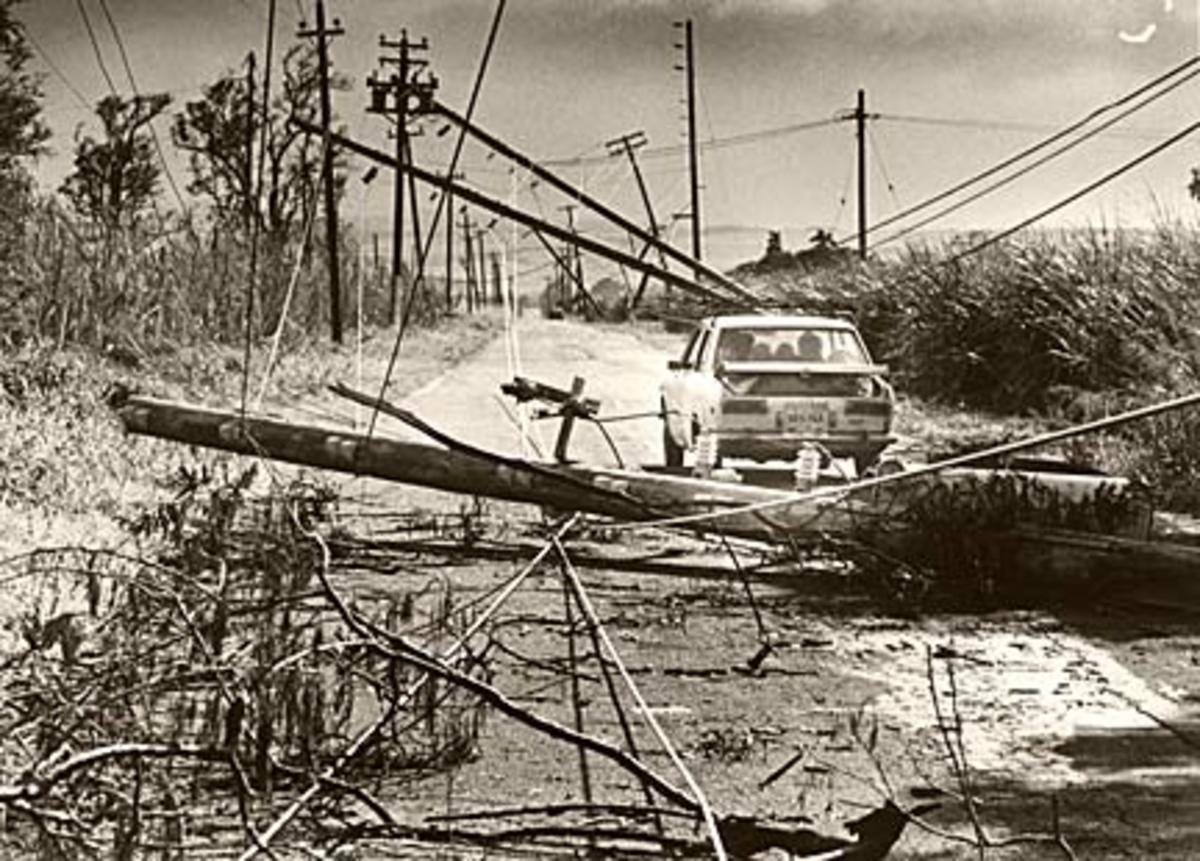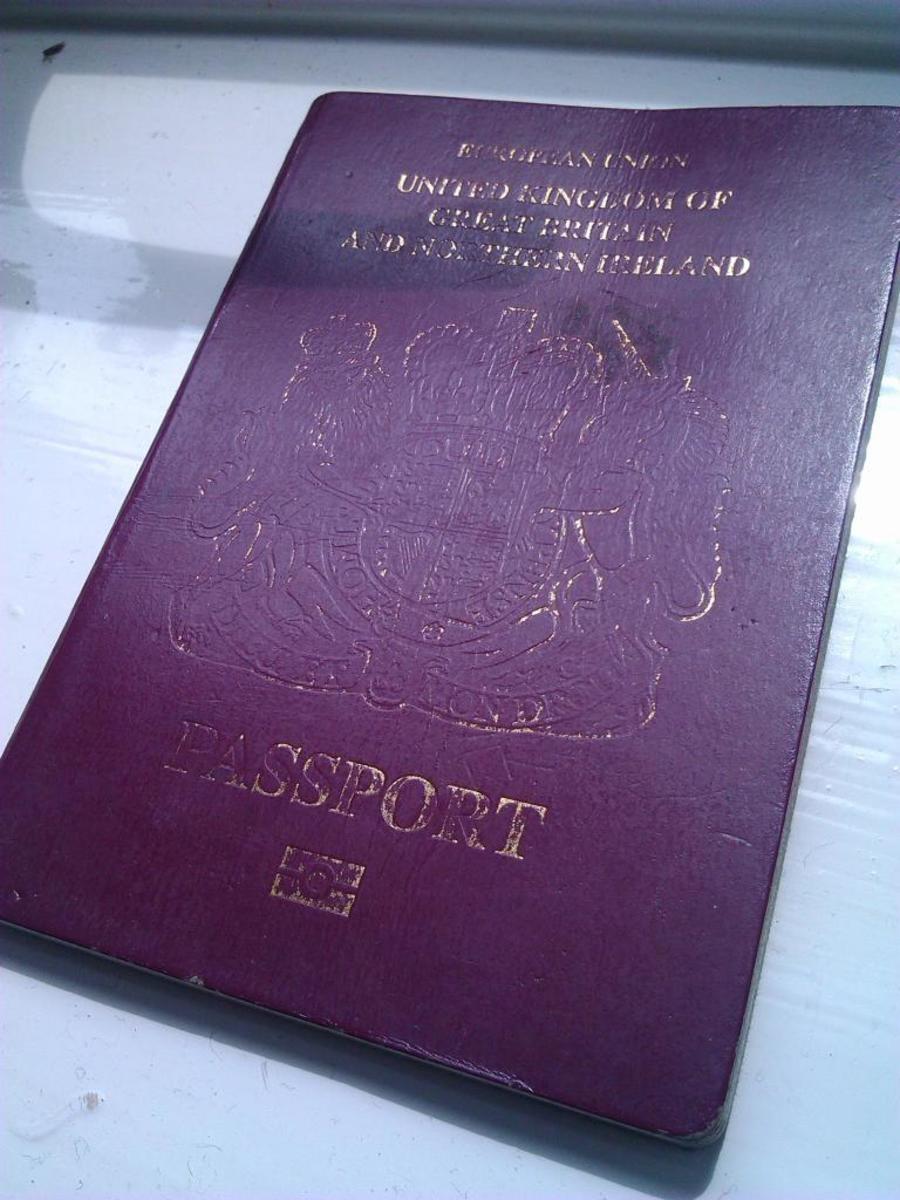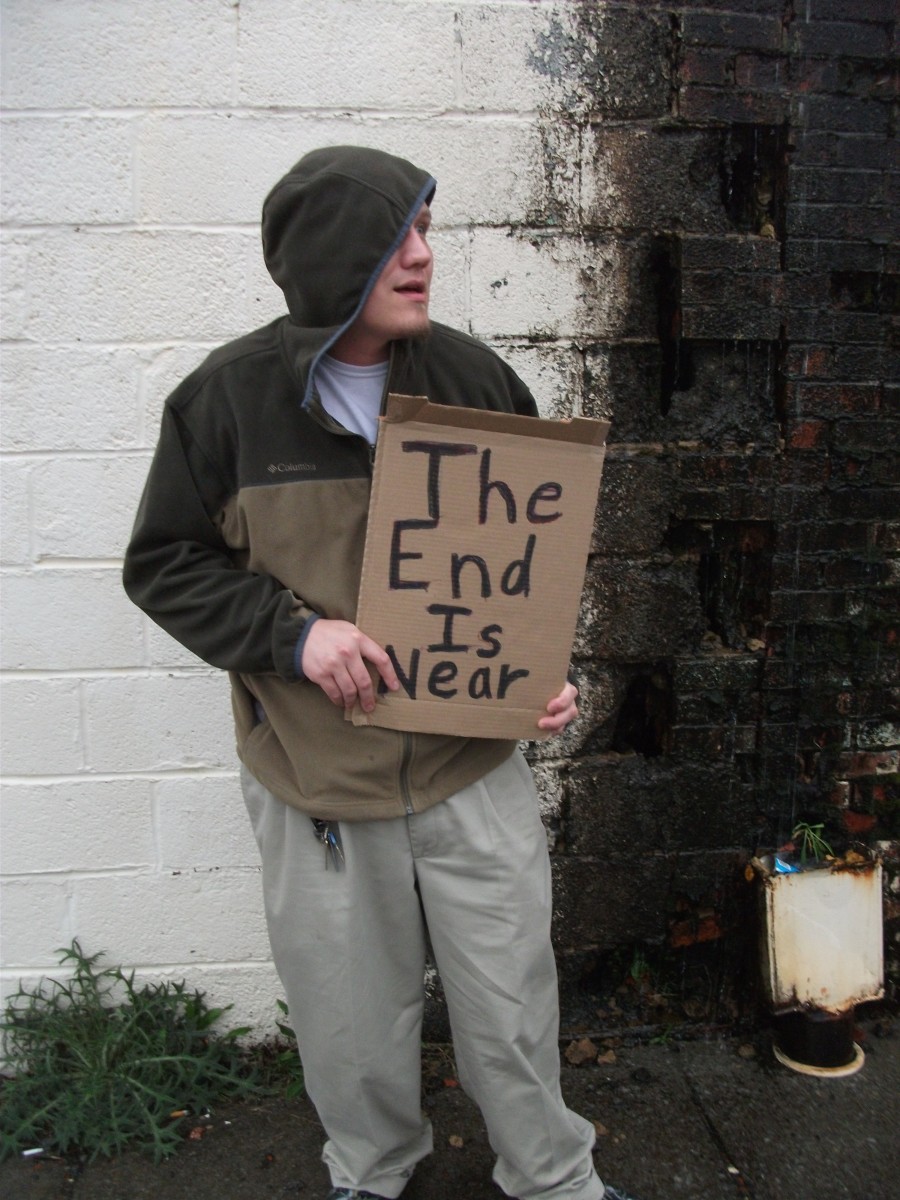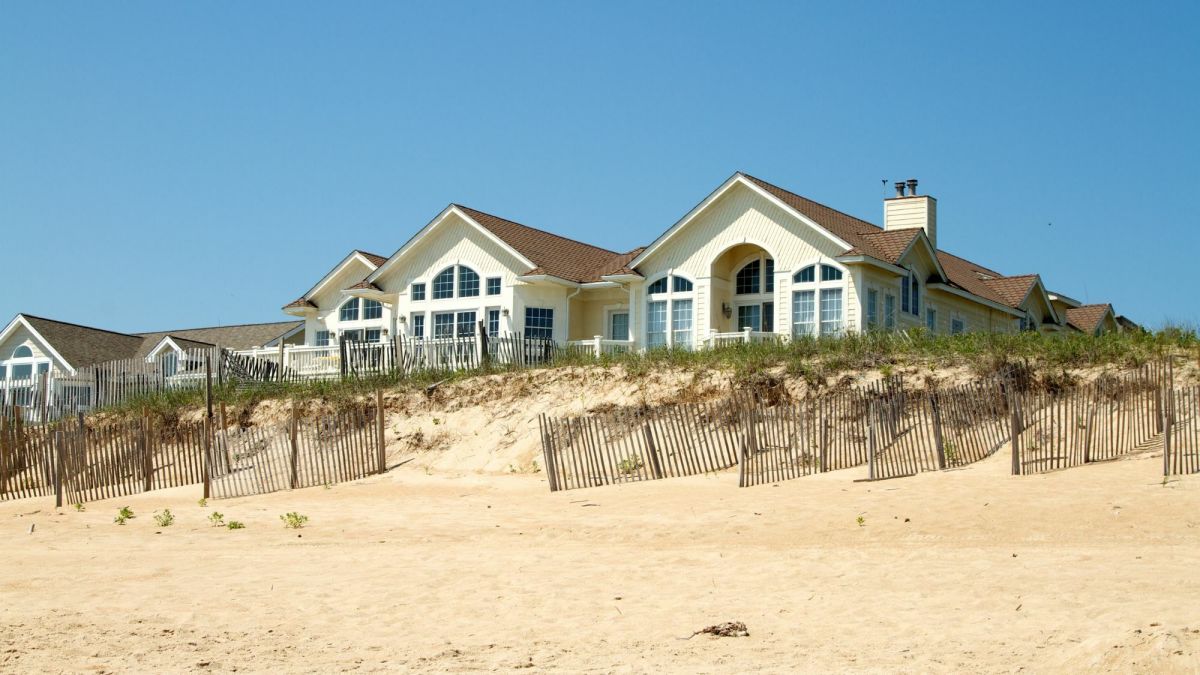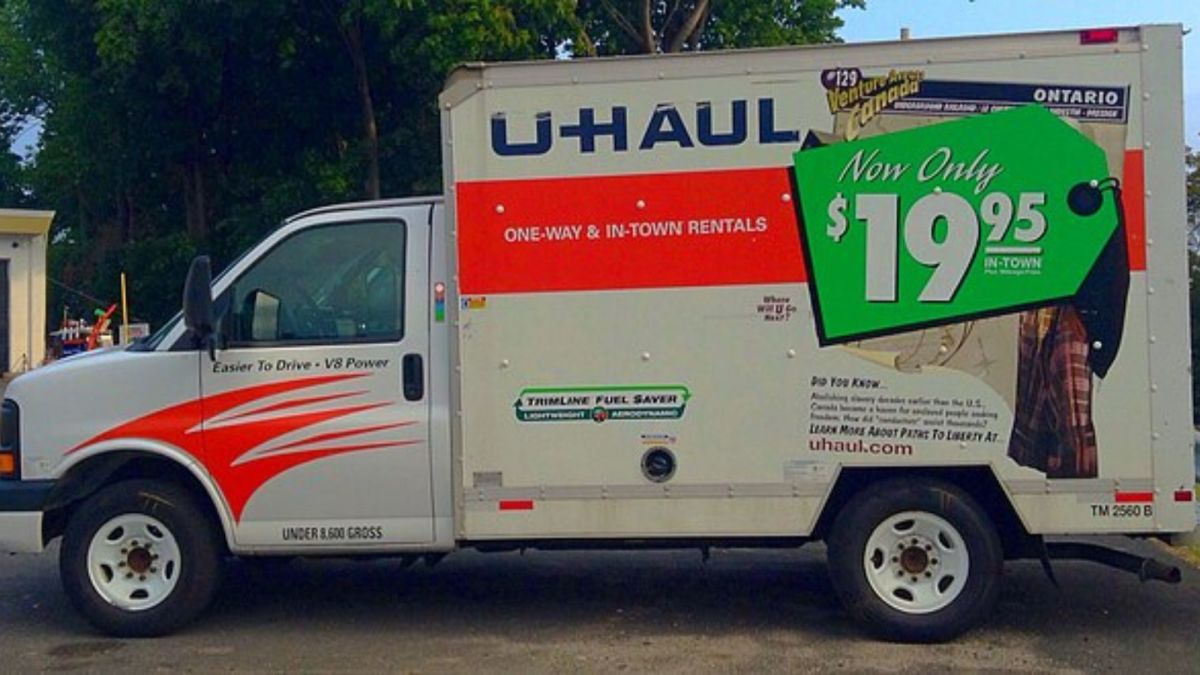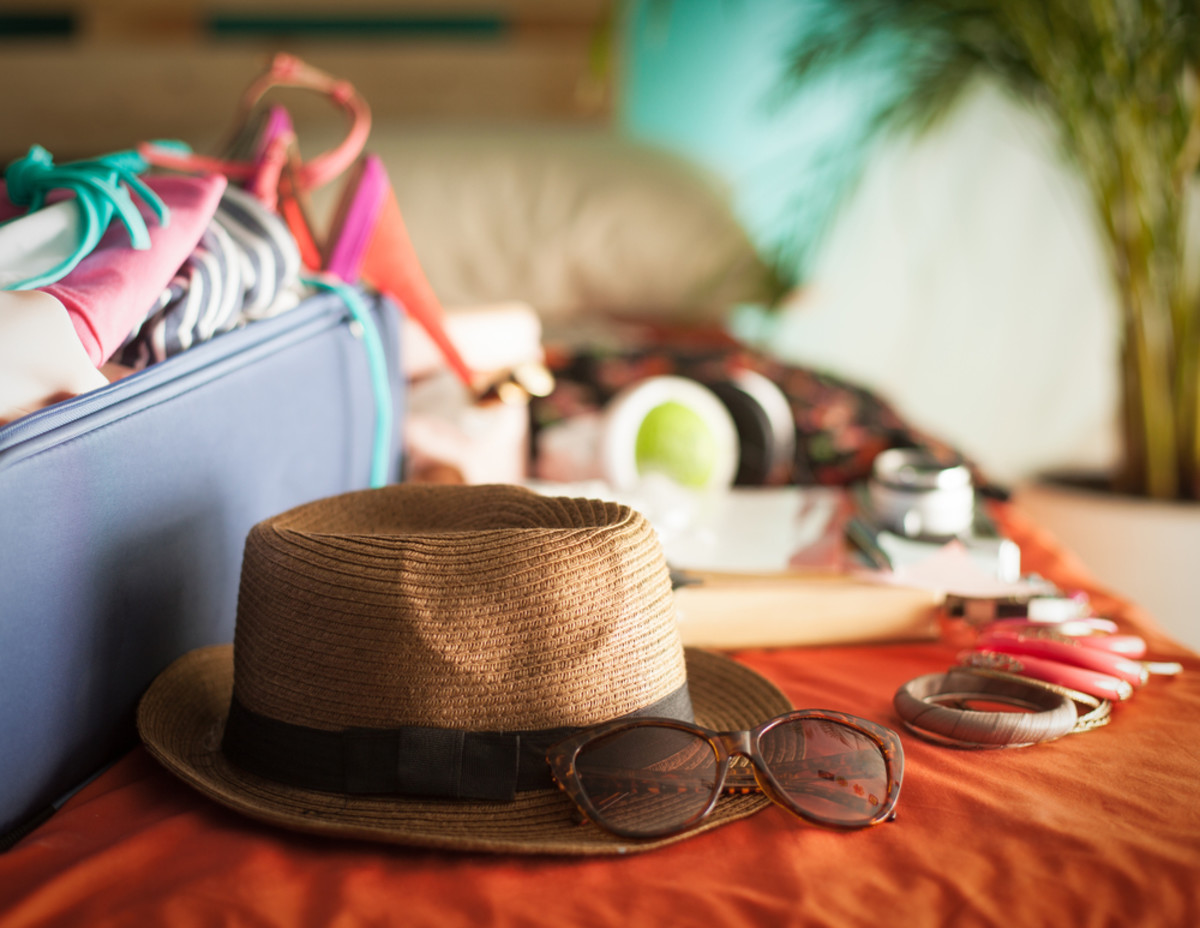Are You Prepared for An Earthquake?
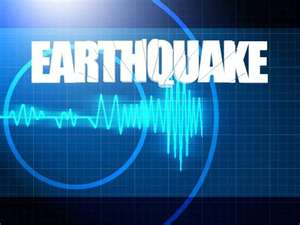
Are you prepared for the next Big One?
Are you prepared with supplies, reserves, and emergency equipment to withstand the next earthquake? The next earthquake, tsunami, tornado, hurricane, drought, flood, or other natural disaster may put you and your family in jeopardy. According to statistics, there are around 500,000 earthquakes annually. Of those, about 100,000 are actually felt. (Source: Wikipedia). The question as to when a big one might strike is not "if", but "when". The recent earthquake in Japan on March 11, 2011 has resulted in a death toll of 10,000 plus and is still rising. Debris from the earthquake and the tsunami that followed has devastated the area in and surrounding Sendai. Water supplies, fuel, and other survival necessities are in great demand as locals sift through the broken and torn ruins of what used to be their homes, trying to make sense of it all.
In a disaster such as an earthquake, or a hurricane or any other unsuspecting rath of Mother Nature, it's important to be prepared. Emergency preparedness is critical and could mean the difference between life and death. Of course, there are things that are beyond our control. However, proactively plan an escape route, purchase a reserve supply of food and water, and provide a means to stay warm. Temporary food, clothing and shelter may not be readily available from outside sources for hours or even days.
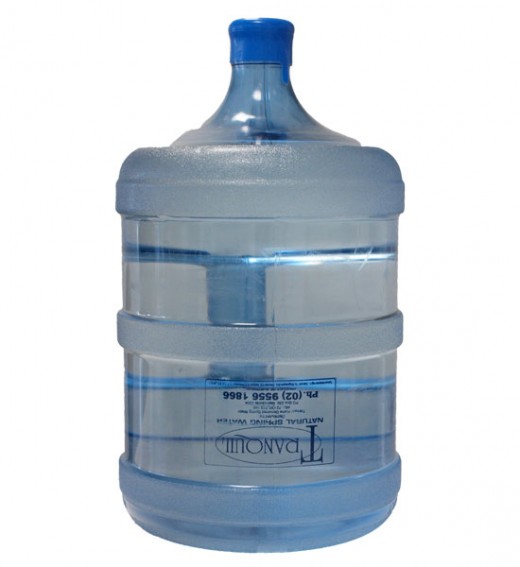
Essential Supply #1 - Water
It's no surprise that the number one essential supply in any type of disaster is water. As humans, we need water to stay alive. According to the Red Cross, your supply should have one gallon of water per person per day. You should have a two week supply of water for your home, and/or a three day supply in case of evacuation.
An average person can go without food much longer than without water. A person can go almost two months without eating food, but having no water to drink could kill you in less than a week. Be prepared. Have water supplies available at home, at work, and in your car. You never know where you will be when a disaster may occur.
Essential Supply #2 - Food
Even though a person can go almost two months without food, you never want to try to beat the odds. Starvation due to lack of preparation is a terrible way to die. Plan ahead and make this happen. Purchase non-perishable, easy to prepare foods for you and other members of the family. Think about how you would prepare a meal if you were out camping in the wilderness and you forgot your ice cooler and your stove. Out in the woods there are no can openers, no refrigerators, no gas and no electricity. Buy food items that have a long shelf life, and rotate your food products out prior to the estimated shelf life date that should be stamped on the outer wrapper. Replace the product with a fresh, new package so your reserve will never go out of date.
If you have a good size pantry, reserve a section on the shelf for these extra food items. Include canned food high in fiber, dry foods, instant milk, wafers, crackers, and other items. Once again, rotate these items as needed so their shelf life doesn't go past the "use by" date. If you do have canned foods in your reserve, remember to keep a manual can opener handy. Place an extra one in this area, so it is readily available in an emergency situation.
Other Essentials to Complete Your Supply List
In addition to water and food, here are other Red Cross recommended essentials:
- Flashlight
- Radio - Battery Powered or Hand Cranked
- Extra Batteries
- First Aid Kit
- Medications (7 Day Supply) and medical items
- Multi-purpose Tool
- Sanitation and Personal Hygiene Items
- Copies of Personal Documents
- Cell Phone with Charges
- Family and Emergency Contact Information
- Extra Cash
- Emergency Blanket
- Maps of the Area
Preparing for the Worst at Home
Quakehold! Grab-n-Go Emergency Kit





